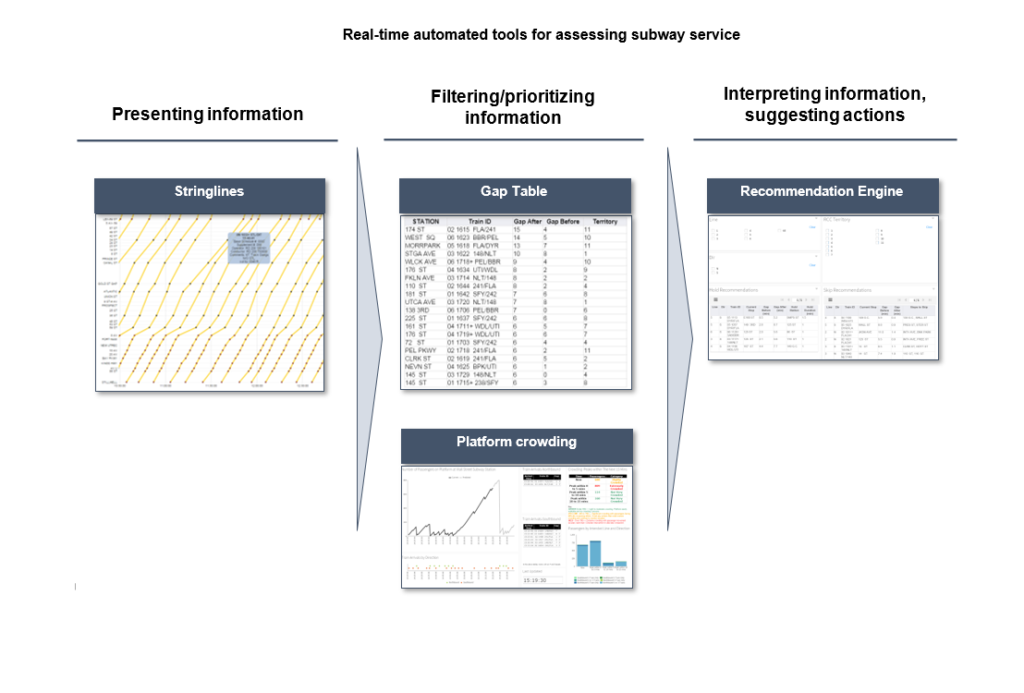
Traditionally, the responsibility of the Subway Command Center at NYCT was limited to managing the response to major incidents and emergencies affecting service. Responsibility for routine service monitoring and control on the NYC subway system rested with a literal army of field supervisors and tower operators, scattered across the system, recording train movements pencil on paper and passing information up and down the line by telephone, intercom and radio. Nowhere was information on real time service status available for a whole line, much less the entire system. While there were efforts to consolidate field supervisory locations into Master Towers beginning in the 1950’s, terminal to terminal monitoring capability, so critical for effective real time service management did not exist.
The new Rail Control Center (RCC) and introduction of Automatic Train Supervision on the A Division allowed for the centralization of both monitoring and control capability, which required a complete transformation of the control center function from primarily an incident management one to a true real-time service regulation. But in addition to the technical challenges related to working the bugs out of the system, there were also significant cultural challenges. Overnight, the responsibility for continuous monitoring of the service and taking the necessary corrective action moved from the field to the RCC. The RCC needed to absorb those skill sets while at the same time continuing its critical emergency incident management role.
As Vice President Subways Service Delivery, Mr. Gaul directed the program to manage that transition. This included a coordinated effort with Mr. Reddy’s data analytics unit in Operations Planning to utilize the newly available wealth of data on train movement and service status and present it to the RCC supervisors in the most useful formats. The team specified, built, and deployed automated decision-support tools to meet several objectives that we jointly developed with the control center operations management (these same executives are currently part of our operations improvements practice):
